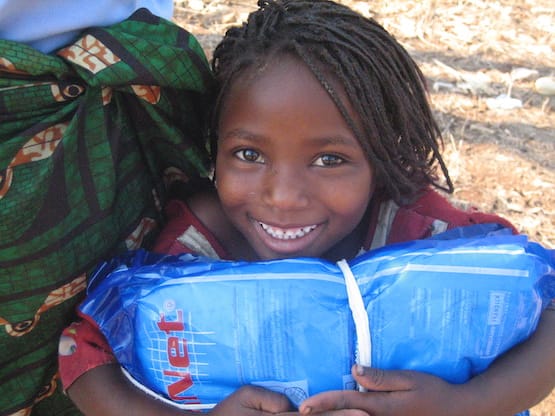The problem: malaria
Malaria is one of the most severe public health problems worldwide. [1] It’s a widespread and deadly disease concentrated in equatorial regions, primarily in sub-Saharan Africa, where 93% of malaria-related deaths occur. [2]
Each year, over 200 million people become infected with malaria — and 435,000 die. [3] Over 60% of these deaths are children under five years old, making malaria one of the leading causes of child mortality in Africa. [4]. Even when non-fatal, malaria can damage children’s cognitive development. Pregnant women are also highly vulnerable, with the health of both mother and unborn child at risk. [5]

Malaria is a significant financial drain on both households and countries. It’s estimated to cost Africa US$12 billion every year in direct costs of health care, absenteeism, days lost in education, decreased productivity, and loss of investment and tourism. [6] A 50% reduction in global malaria incidence is estimated to produce $36 in economic benefits for every $1 invested globally, with an even greater estimated return on investment of 60:1 in sub-Saharan Africa. [7]
The solution: long-lasting insecticidal bed nets — also known as LLINs
Malaria is spread by mosquitoes at night while people are sleeping. When LLINs are hung over beds and sleeping spaces, mosquitoes land, pick up insecticide on their feet, and die. This is a hugely effective intervention. The Centers for Disease Control (CDC) confirms LLINs have been associated with sharp decreases in malaria in countries where malaria programs have achieved high LLIN coverage [8], and the World Health Organization says that “insecticide-treated mosquito nets are currently the only viable option to prevent malaria transmission in large parts of Africa.” [9]
“Insecticide-treated mosquito nets are currently the only viable option to prevent malaria transmission in large parts of Africa.”
— World Health Organization
A significant number of studies, including randomized controlled trials, have demonstrated and quantified the effectiveness of LLINs. We know that malaria can be brought under control and infection rates kept low long-term when LLINs are effectively distributed over the course of a decade in malarious areas. Eradication is possible — and is occurring! In fact, Sri Lanka was declared malaria-free in 2017 after three years of no native cases of malaria [10].
How Against Malaria Foundation works
Unlike traditional net distributors, AMF pays particular attention to distributing nets accountably, using household-level data to ensure nets reach beneficiaries equitably. AMF reviews requests for nets from Ministries of Health in malaria-affected countries to determine where the malaria burden is high, if there is a funding gap, and where the nets will do the most good.
Then they purchase (typically) multiple millions of nets and team up with national health systems and other operational partners to ensure nets reach their beneficiaries as intended. An LLIN from AMF costs only US$2 and protects two people for up to three years. AMF’s work achieves “universal coverage,” which means all sleeping areas in a community or region are covered. This is the most effective way of driving down malaria.
Post-distribution, AMF tracks net presence, use, and condition for three years by making unannounced visits to a randomly selected 1.5% of recipient households. They also track malaria rates. In 2014, AMF introduced smartphone technology in place of paper-based data collection to make monitoring even more cost-effective and accurate. [11]
